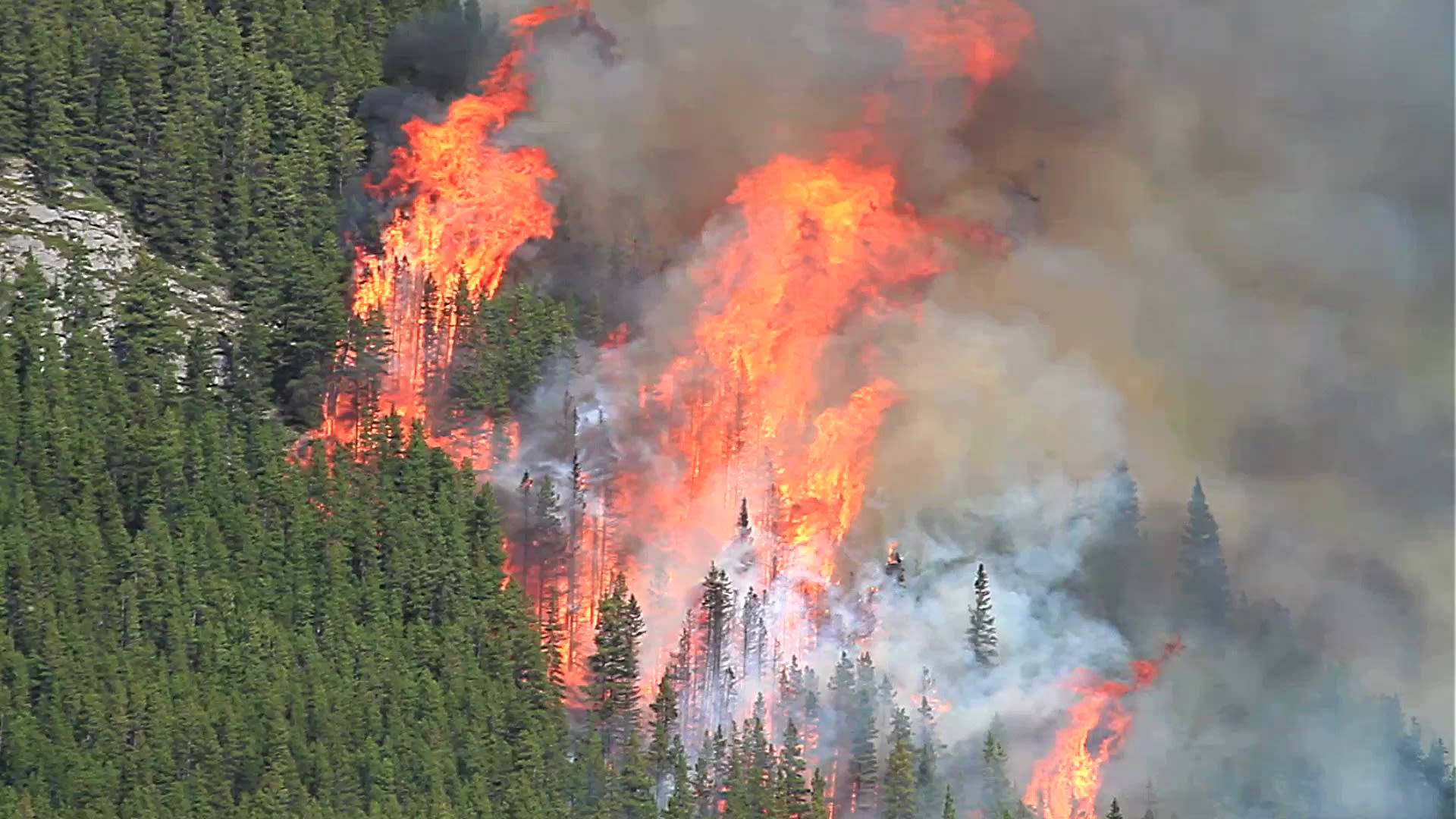A Hazy Future
Is smoke and tainted air quality from wildfires near and far our new normal?

It looked like something out of a science-fiction fever dream: familiar sights and skylines in Camden and the surrounding area were painted with a thick, orange-brown haze. People moved through dense, acrid smoke that enveloped every space imaginable, then were cautioned to stay indoors, as color codes indicated the air quality was too dangerous for outdoor activity.
For weeks over the summer, residents from one area of North America experienced the aftereffects of another—in this case, an unprecedented amount of wildfire activity emanating from multiple provinces within Canada. The resulting influx of smoke led to dangerous air quality levels in and around the Rutgers University in Camden campus, which fluctuated by the day.

Many along the East Coast were, and might still be, unprepared for such weather-related phenomena. David Salas-de la Cruz, associate professor of chemistry and member of the Center for Computational and Integrative Biology at Rutgers–Camden, believes this event should spark the very real potential for wildfire to continue to impact the area, as “environmental problems do not recognize specific borders,” he said.
The 2023 Canadian wildfires upended every previous statistic. While it’s typical for the country to experience some fire activity each year, more than 10 times the area—roughly the size of the state of New York—burned by the end of this summer than the previous year.
This scale is important to know when discovering what's lurking inside that campfire smell. Wildfire smoke is a complex cocktail of particulate matter and gases, which release carbon dioxide, carbon monoxide, volatile organic compounds (VOCs), and nitrogen oxides.

David Salas-de la Cruz, associate professor of chemistry and member of the Center for Computational and Integrative Biology at Rutgers–Camden
David Salas-de la Cruz, associate professor of chemistry and member of the Center for Computational and Integrative Biology at Rutgers–Camden
As smoke is carried into the upper atmosphere, “these gases can chemically react with emissions from vehicles and industries, creating an environment conducive to producing other dangerous compounds like ozone and polycyclic aromatic hydrocarbons (PAHs),” a chemical byproduct of burning coal, oil, gas, and wood, Salas-de la Cruz explained.
Smaller, airborne particles in wildfire smoke are particularly nefarious as they can travel greater distances and have ample time in the atmosphere to undergo reactions with other gases like PAH, Salas-de la Cruz said. The size of the particulate matter also increases the potential health risks with a wildfire event. The smaller the particle, the more easily it can penetrate the respiratory system, which could lead to reduced lung function and inflammation of the heart and blood vessels. Those with pre-existing heart conditions or asthma are especially vulnerable to adverse effects.
The summer’s heat and smoke contaminants may have also exacerbated ozone pollution. Particulate matter acts as a kind of catalyst to hasten the sunlight and chemical reaction process, creating more ozone, which is further damaging to respiratory and cardiovascular systems.

Smoke from Canadian wildfires covers Washington, DC
Smoke from Canadian wildfires covers Washington, DC

The United States Environmental Protection Agency developed the Air Quality Index, or AQI, to gauge how clean air is depending on the area. The higher the number, the worse the air quality and associated health risks. “The AQI focuses on measuring the concentration of particulate matter that is 2.5 microns or smaller in diameter. To put it in perspective, a human hair is about 50 microns wide—these particles are incredibly tiny,” Salas-de la Cruz said. During periods of wildfire pollution, Philadelphia experienced AQI readings exceeding 250—code purple—categorized as very unhealthy to hazardous, he added.

The AQI is an index for reporting daily air quality. It tells you how clean or polluted your air is, and what associated health effects might be a concern for you.
The AQI is an index for reporting daily air quality. It tells you how clean or polluted your air is, and what associated health effects might be a concern for you.
The smoke’s effects are not limited to humans; air quality impacts wildlife and waterways as well. Salas-de la Cruz noted animals experience health consequences comparable to humans. “Consider this: when vegetation burns, it generates particulate matter and gases containing nitrogen and phosphorus. Subsequently, when it rains, these particles settle down and are carried into ecosystems, including waterways,” he explained. “This surplus of nutrients leads to heightened algae blooms, causing a reduction in oxygen levels in the water. This, in turn, affects the health of marine life.”
Salas-de la Cruz said there are some steps toward minimizing poor air quality at home, such as outfitting each member of the home with a well-fitting N95 mask and having a proper air filtration or air conditioning system. However, he noted these protocols could pose challenges for individuals who either cannot locate or afford these items.
“Determining who bears the costs associated with pollution or other climate-related events raises questions, ones that demand serious consideration due to inequities on how that impacts our society,” Salas-de la Cruz said.

Design: Karaamat Abdullah
